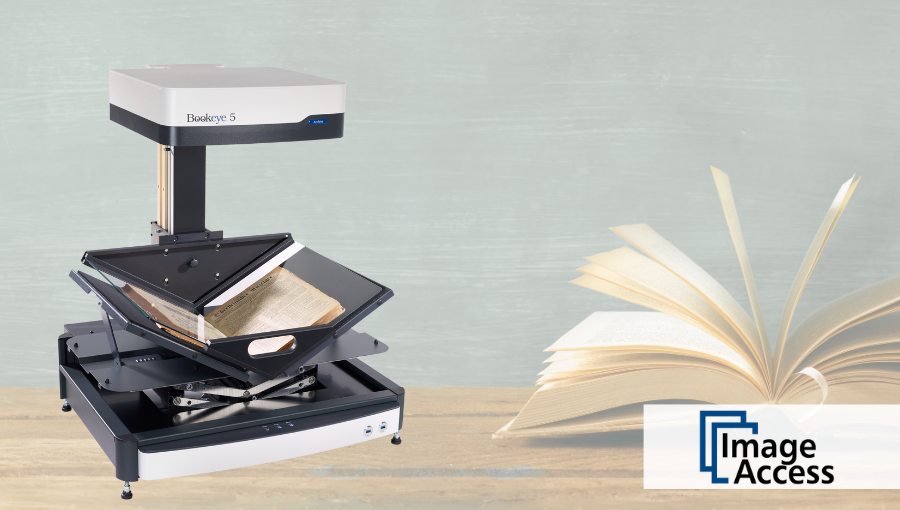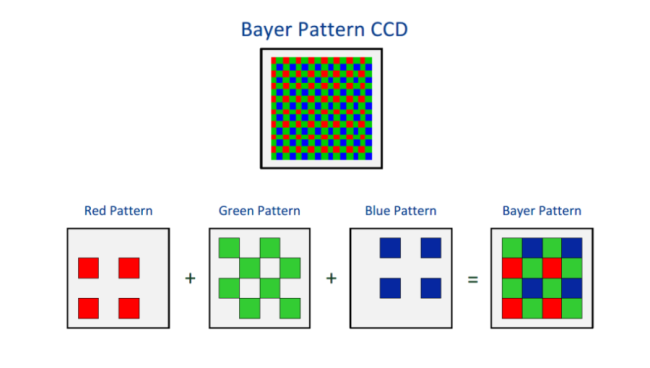
Unravelling the Science of Imaging Technology
In this instalment of our blog series based on ImageAcces's bookguide, we continue our journey into the realm of book-scanning technology.
If you haven't had the chance to explore our initial entry, "Preserving Pages: Introducing Book Scanners," be sure to do so to gain a comprehensive understanding of the role these devices play in the digital era.
This time around we turn our attention to the convergence of book scanning and digital camera technology, a topic that unveils insights into the challenges of digitising and preserving printed content.
The Role of Digital Cameras and Book Scanners
Digital cameras have long been present in our lives, capturing cherished moments, scenic landscapes, and the details of everyday life. But what happens when we integrate this technology into the world of book scanning?
Digital cameras employ area CCDs, which consist of numerous minuscule pixels, each adorned with a distinct Bayer Pattern. This pattern encompasses two green, one red, and one blue pixel, meticulously arranged in quadruples, effectively serving their intended purpose in general photography. Nevertheless, when confronted with the specialised requirements of scanning, this arrangement introduces certain challenges.

The resolution of digital cameras using this Bayer Pattern is impacted: it's halved for the green channel and reduced by a factor of four for the red and blue channels. Furthermore, the small pixel size can introduce noise, making them less suitable for the precision required in scanning. In essence, these cameras are designed to capture images, not to scan documents.
In our previous blog article, we mentioned the importance of understanding the core purpose of a scanner versus a camera. This knowledge becomes particularly crucial when navigating the market, as some vendors may label digital cameras as "scanners." The truth is, if a vendor offers a product as a "scanner" with a one-shot camera, a matrix camera, or a chip, it's likely an ordinary digital camera mounted on an overpriced frame.
Nevertheless, there is an exception, where one vendor has adopted a high-resolution monochrome sensor approach, capturing three exposures using various filters placed in front of the sensor. This method ensures that all pixels are fully utilised in each exposure. The outcome? A full RGB image of exceptional quality, rivalling traditional scanners, boasting resolutions of up to 600 dpi on a DINA2-sized surface, courtesy of their 140MPixel chips.

The quality comes from the three-shot camera equipped with colour filters, a feature that ensures imaging standards are on par with traditional scanners using line sensors. Nonetheless, it is crucial to exercise caution, as this method only excels when the book is maintained in a perfectly flat position, necessitating gentle compression against a glass plate.
Dyanix services
As an independent expert in book scanning, Dyanix can provide recommendations to help you select the scanner that is tailored to your specific needs. We offer On-Site and Installation services for ImageAccess book scanners, ensuring expert maintenance, warranty extensions, efficient scanner setup, and training services across the EMEA region. Whether you need basic callout service, preventive maintenance, or all-around protection, Dyanix has a solution for you.
Conlusion
To conclude, the incorporation of digital cameras into book scanning technology offers intriguing possibilities. However, it is crucial to differentiate between authentic scanners and adapted cameras when navigating the market. As our journey continues, our mission remains twofold: to simplify technical terminology and provide practical measurement tools for informed decision-making when choosing the ideal book scanner.
Stay tuned for the upcoming instalments in this blog series, where we will continue to explore the world of scanning technology.
Contact us today to find the ideal book scanner customised to your needs.
Curious about the foundational aspects of book scanners? Dive into our previous installment, "Preserving Pages: Introducing Book Scanners."